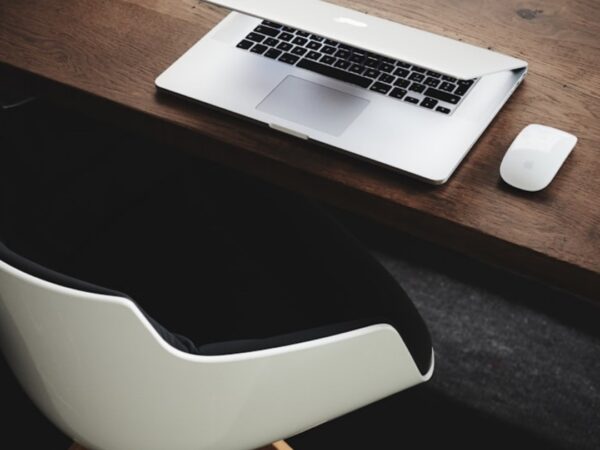The Science Behind fingerboard the deck: A Guide for Skaters

Introduction to Skateboard Deck Technology
Skateboarding isn’t just a sport; it’s an art form. At the heart of this thrilling experience is one crucial element: the skateboard deck. But what’s really going on behind the scenes of your favorite ride? The world of skateboard deck technology is fascinating and ever-evolving, influencing everything from performance to style. Whether you’re executing tricks in a park or cruising down city streets, understanding how your board works can elevate your skating game.
Dive into the science that shapes our decks—from materials and designs to flex and pop—and discover how these features cater to different skating styles. If you’ve ever wondered why some skaters prefer certain boards over others, stick around! This guide will unravel all the secrets about fingerboard the deck and help you make informed choices for your next ride. Get ready to roll!
The Evolution of Skateboard Decks
Skateboard decks have come a long way since their inception in the 1950s. What started as simple wooden planks has transformed dramatically over the decades.
The early designs were heavy and lacked any real shape, making tricks almost impossible. As skating grew in popularity, so did innovation. By the 1970s, skateboarders began experimenting with different shapes and sizes to enhance performance.
The introduction of wider boards allowed for better stability during tricks. The 1980s saw the rise of popsicle shapes that catered to street skating, offering skaters more versatility than ever before.
In recent years, technology has played an influential role in shaping decks. Advanced materials like bamboo and carbon fiber provide strength while reducing weight significantly.
Today’s skateboard deck is a finely-tuned piece of equipment designed for specific styles and preferences—an essential tool that continues to evolve alongside skate culture itself.
Materials Used in Modern Skateboard Decks
Modern skateboard decks are crafted from a variety of materials, each contributing to performance and durability. The most common material is Canadian maple, known for its strength and flexibility. This wood provides an excellent balance between weight and sturdiness.
Some brands incorporate bamboo or fiberglass in their designs. Bamboo is lightweight yet remarkably resilient, while fiberglass adds additional pop and durability without increasing bulk.
There’s also the rise of composite materials that merge layers of wood with synthetic substances like carbon fiber. These high-tech options cater to skaters seeking maximum responsiveness.
The choice of grip tape can affect feel too; some prefer softer textures for comfort during tricks, while others opt for rougher surfaces for better control. Each element plays a crucial role in how you connect with the board beneath your feet.
Impact on Performance: Flex, Pop, and Weight
The performance of a skateboard deck hinges on three critical factors: flex, pop, and weight.
Flex determines how much give the board has when you ride. A stiffer deck offers stability at high speeds, while a flexible one absorbs impacts better during tricks or landings.
Pop refers to the board’s ability to spring off the ground during ollies and flips. A well-made deck provides explosive pop that can elevate your trick game significantly.
Weight plays a crucial role too. Lighter decks make technical maneuvers easier, allowing for quicker spins and flips. However, some skaters prefer heavier boards for added stability and control.
These elements intertwine to shape your skating experience. Choosing wisely based on your style is essential in maximizing performance on fingerboard the deck or traditional skateboards alike.
Different Shapes and Designs for Different Styles of Skating
Skateboard decks come in various shapes and designs, each tailored to specific skating styles. For street skaters, a popsicle shape with symmetrical ends offers versatility for tricks and flips. This design is perfect for grinding rails and executing technical moves.
On the other hand, cruiser boards feature wider decks with a more relaxed shape. These are ideal for casual rides or commuting around town. Their stability makes them great for carving through tight spaces.
For those who love vert or ramp skating, a wider deck provides added surface area. This allows riders to generate more power during transitions and aerial maneuvers.
Longboards focus on smooth rides over distance rather than tricks. They boast elongated shapes that enhance stability at higher speeds while providing comfortable foot placement.
Each design serves its purpose well, ensuring every skater can find their ideal fit based on personal preference and style of riding.
Maintenance and Care for Your Skateboard Deck
Taking care of your skateboard deck is crucial for longevity and performance. Regularly check for cracks, chips, or delamination. These issues can affect how the board rides.
Keep an eye on the grip tape as well. If it starts to peel or wear down, replace it. A good grip ensures you maintain control during tricks.
Cleaning your deck helps too. Wipe off dirt and grime with a damp cloth after each session. This prevents buildup that could damage the wood over time.
Don’t forget about the trucks and wheels either! Tighten any loose bolts and keep everything lubricated for smooth rides.
Store your skateboard in a cool, dry place away from direct sunlight to prevent warping. Taking these simple steps will help preserve your board’s integrity and enhance your skating experience long-term.
Conclusion: The Importance of Choosing the Right Deck for Your Skating Style
Choosing the right skateboard deck is essential to enhancing your skating experience. The technology behind modern decks has come a long way, offering various options tailored for specific styles and preferences. Whether you’re into street skating or vert, understanding the materials and design can significantly impact your performance.
A well-suited deck provides better pop, flex, and weight management that aligns with how you ride. Different shapes cater to different tricks or terrain types—this variety allows skaters to express their individuality on boards designed just for them.
Taking care of your skateboard deck ensures its longevity and maintains optimal performance over time. Regular maintenance like cleaning grip tape and checking for cracks will keep it in top shape.
Selecting the right deck isn’t just about aesthetics; it’s about enhancing your skills on the board while enjoying every moment spent riding it. So consider what fits best with your style before making a choice—it could transform not only how you skate but also how much you enjoy doing it.










